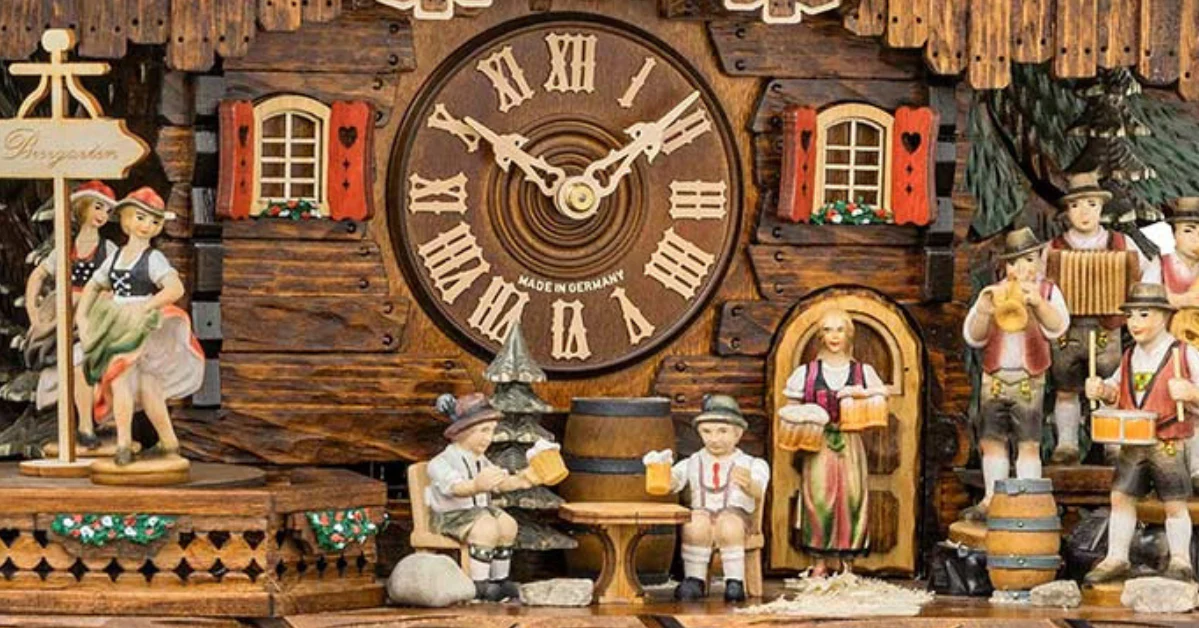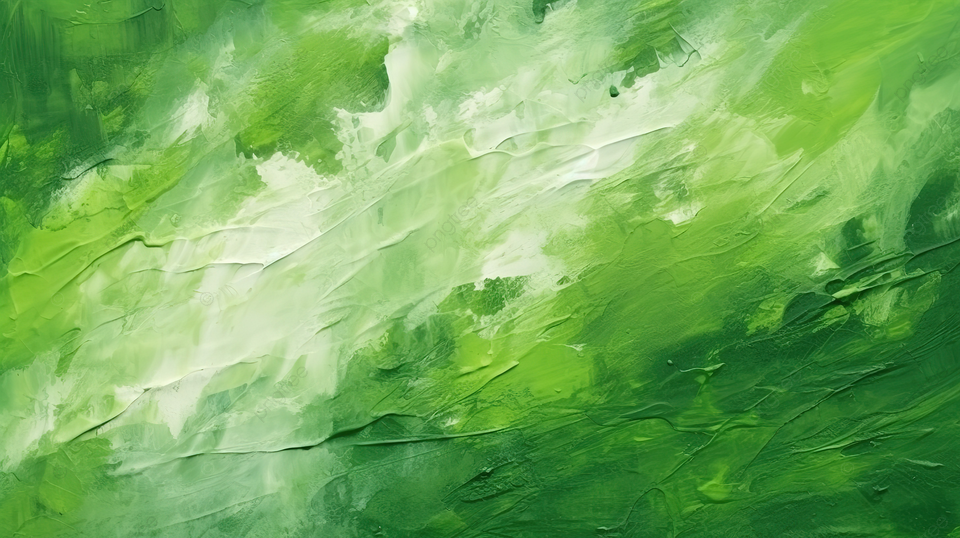Table of Contents
The Origins of the Cuckoo Clock
The cuckoo clock is one of the most iconic timepieces in the world. Its distinctive bird call, mechanical artistry, and unique charm have made it a timeless piece of home décor. Originating from the Black Forest region in Germany, this clock has a rich history that intertwines art, craftsmanship, and function. Understanding its origins gives us insight into why the Coocoo Clock has remained a beloved symbol for centuries.
The Early Beginnings in the Black Forest

The origins of the cuckoo clock can be traced back to the 17th century in the Black Forest, located in southwestern Germany. The Black Forest region was known for its thick woods, which served as a resource for local artisans. These craftsmen, often referred to as “Schwarzwald” (Black Forest) clockmakers, began creating wooden timepieces that were as functional as they were decorative.
It is believed that the first coocoo clock were inspired by simpler wooden clocks that were already being made in the region. These clocks were hand-carved with intricate designs, and their creators were influenced by both nature and regional traditions. The distinctive call of the cuckoo bird, combined with the mechanical chime, became the defining feature of the clock.
The Evolution of Design and Function
Over the years, the design of the cuckoo clock evolved. Early models were basic in appearance, often featuring modest carvings and a simple mechanism. However, as craftsmanship improved, the clocks became more ornate and complex.
By the 18th century, the classic cuckoo clock design that we are familiar with today began to emerge. Elaborate wood carvings, often depicting scenes of nature, animals, and forest life, adorned the clock’s exterior. The craftsmanship became increasingly sophisticated, with master artisans dedicating countless hours to perfecting the details.
The Mechanism Behind the Cuckoo Call
One of the most fascinating aspects of a cuckoo clock is its mechanical system. The characteristic “coo-coo” sound is produced by a system of small bellows inside the clock, which forces air through pipes when the clock strikes the hour. The mechanism is driven by a series of gears, weights, and pendulums that must be carefully calibrated to ensure accurate timekeeping.
Inside the Coocoo Clock, a tiny mechanical bird pops out of a small door to announce the hour. The bird’s movement is synchronised with the sound of the cuckoo call, adding to the whimsical charm of the timepiece.
The Art of Cuckoo Clock Craftsmanship

The craftsmanship behind cuckoo clocks is a blend of artistry and engineering. Skilled artisans spend years perfecting their craft, ensuring that each clock is not only functional but also a work of art. The creation of a Coocoo Clock requires precision, patience, and an understanding of both wood carving and mechanical design.
Intricate Wood Carvings
One of the most distinctive features of a cuckoo clock is its elaborate wood carvings. Artisans use high-quality wood, often linden or pine, to create intricate designs that represent elements of the natural world. Common motifs include forest animals, hunting scenes, leaves, and flowers.
Many cuckoo clocks are hand-carved, with each piece of wood carefully shaped and detailed by the artisan. These carvings give the clock its personality and are often what makes each piece unique. Some Coocoo Clock feature highly ornate carvings, while others have simpler, more minimalist designs. Regardless of the style, the craftsmanship that goes into the woodwork is a testament to the skill and dedication of the artisans.
Hand-Painted Details

In addition to wood carvings, many cuckoo clocks feature hand-painted details. These touches add colour and vibrancy to the clock, enhancing its visual appeal. Artisans often paint the figures and elements of the clock with great care, using techniques passed down through generations.
Mechanical Precision
While the exterior of a cuckoo clock is a display of artistic talent, the interior is a marvel of mechanical precision. The clock’s movement, which powers the hands and the cuckoo call, must be carefully engineered to ensure that the clock keeps accurate time. The weight-driven mechanism, often powered by hanging pine cone-shaped weights, requires delicate balancing and calibration.
The complexity of the clock’s inner workings is what makes each cuckoo clock a feat of engineering. Some Coocoo Clock also feature additional mechanical elements, such as dancing figures, rotating wheels, or moving animals, all synchronised with the clock’s movement.
Types of Cuckoo Clocks
Over the centuries, several distinct styles of Coocoo Clock have emerged. Each style reflects the culture and artistic preferences of its time, offering a range of options for collectors and enthusiasts.
Traditional Black Forest Cuckoo Clocks
The most classic type of cuckoo clock is the Black Forest design. These clocks typically feature ornate wood carvings and depict traditional scenes from nature. The intricate detailing, combined with the mechanical bird and cuckoo call, make them a popular choice for collectors. Traditional Black Forest cuckoo clocks are often made by hand in Germany, where the craft continues to thrive.
Chalet Style Cuckoo Clocks
Another popular style of cuckoo clock is the chalet style, which became especially popular in the 19th century. These clocks are modelled after Alpine chalets and often include scenes of village life. Figures such as lumberjacks, milkmaids, and animals are common features on chalet-style cuckoo clocks. Some even include moving figures, which dance or perform tasks as the clock strikes the hour.
Modern Cuckoo Clocks
In recent years, modern cuckoo clocks have gained popularity. These clocks often feature minimalist designs, clean lines, and sleek finishes. While they may lack the ornate carvings of traditional cuckoo clocks, modern designs still retain the charm of the mechanical bird and cuckoo call. Many modern Coocoo Clock are created with contemporary homes in mind, offering a stylish yet playful addition to modern décor.
Cuckoo Clocks in Popular Culture
The cuckoo clock has become a symbol of whimsy and nostalgia, appearing in numerous films, television shows, and works of art. Its unique design and mechanical charm have made it a popular motif in everything from children’s cartoons to horror films.
Iconic Appearances in Film and TV
One of the most famous appearances of a cuckoo clock in popular culture is in the 1949 animated Disney film, The Adventures of Ichabod and Mr. Toad. In the film, a cuckoo clock plays a pivotal role in setting the scene for a humorous and suspenseful moment. Cuckoo clocks have also appeared in other animated films, including Pinocchio and Alice in Wonderland.
Beyond animation, cuckoo clocks have been featured in several horror films, often used to create suspense or signal an eerie passage of time. The juxtaposition of the Coocoo Clock cheerful appearance with darker themes makes it a versatile prop in cinema.
A Symbol of Tradition and Whimsy
The cuckoo clock has come to represent both tradition and whimsy. For many, it evokes memories of childhood, family gatherings, and visits to grandparents’ homes. Its distinctive sound and playful design make it a symbol of joy and nostalgia.
Collecting Cuckoo Clocks
Coocoo Clock are highly collectible, with enthusiasts around the world seeking out rare and unique designs. Collectors are often drawn to the intricate craftsmanship, historical significance, and mechanical artistry of these timepieces.
Factors to Consider When Collecting
When collecting cuckoo clocks, there are several factors to consider. The age, condition, and craftsmanship of the clock are all important elements that can affect its value. Antique cuckoo clocks, particularly those made in the 18th and 19th centuries, are often highly sought after by collectors.
In addition to age and condition, the reputation of the clockmaker is also an important factor. Clocks made by renowned Black Forest artisans are often considered more valuable and desirable.
Caring for Your Cuckoo Clock
Proper care and maintenance are essential for preserving the beauty and functionality of a cuckoo clock. Regular cleaning, oiling, and careful handling of the clock’s mechanical parts will help ensure that it continues to function for years to come. Many collectors also recommend having cuckoo clocks professionally serviced by a clockmaker to keep them in optimal condition.
Conclusion
The cuckoo clock is a timeless piece of craftsmanship that combines artistry, tradition, and mechanical ingenuity. Whether you’re a collector, a history enthusiast, or simply someone who appreciates finely crafted objects, the cuckoo clock offers a unique glimpse into the past while bringing joy and charm to the present.
For More Information Please Visit These Websites Xewe And Viprow
